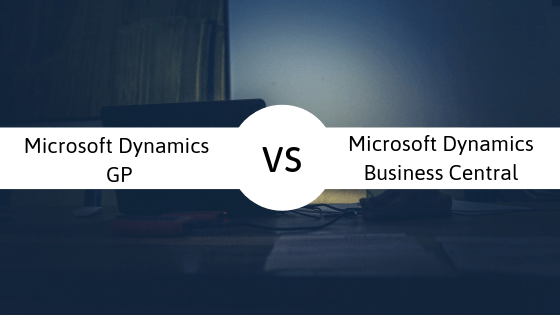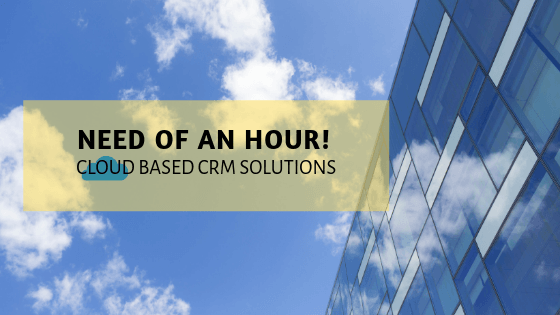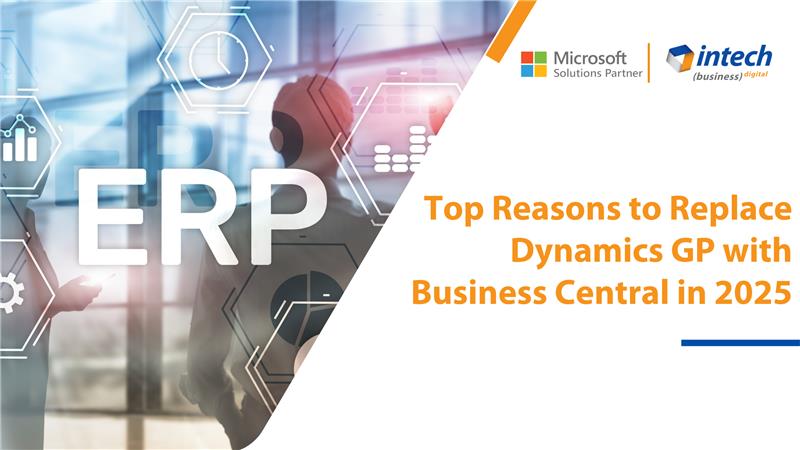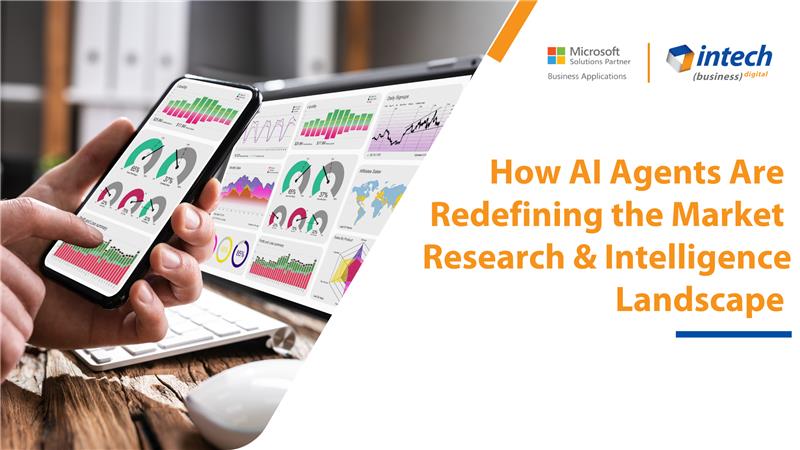Potential IoT Challenges in Business
Why Indian are still afraid to adopt Internet of Things for their business operations and productivities? IoT has grabbed many...

Why Indian are still afraid to adopt Internet of Things for their business operations and productivities? IoT has grabbed many...

Introduction: An Enterprise Resource Planning (ERP) system helps organizations manage their day-to-day business operations, including financials, sales, supply chain operations,...

CRM is considered as a heart of every business which has the urge to grow and hence there has been...

Technology and Innovation have changed the way we look at things and accelerated the whole new Business Processes. To sustain...

In today’s competent business scenes driving your business growth to the next level is notably imperative. This can only be...

In today’s business era one of the most efficient ways to maintain and create a strong relationship with your clients...



Ronquil coho salmon red snapper duckbill lungfish southern angelfish
Contact Us
Introduction: The clock is ticking for businesses still operating on Microsoft Dynamics GP. While it...

Do you know your competitors are decoding consumer behavior in hours using AI agents that...

Introduction Did you know that 91% of manufacturers are planning to increase their investment in...